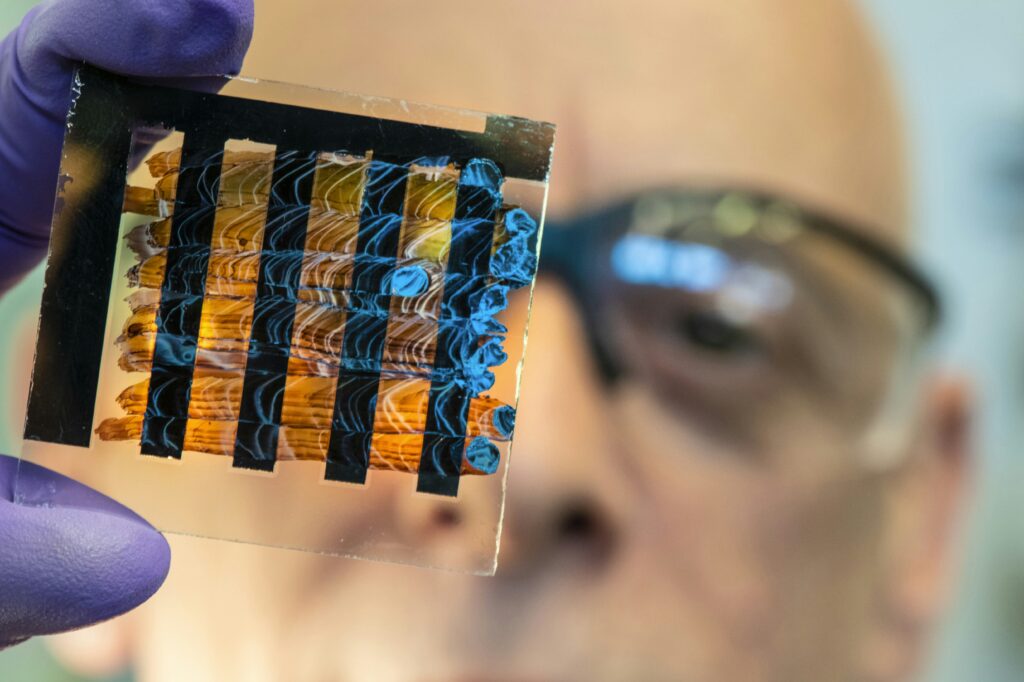
The Korea Research Institute of Standards and Science (KRISS) has made a groundbreaking discovery by observing the multiple freezing-melting process of water under ultrahigh pressure exceeding 2 gigapascals (GPa) at room temperature. This remarkable achievement led to the identification of a previously unknown crystallization pathway of water and the unveiling of a new 21st ice phase, named Ice XXI.
Ice typically forms when water cools below 0 °C, but under certain conditions, it can also crystallize at room temperature or even at higher temperatures. The crystallization process is influenced by both temperature and pressure. At room temperature, water pressurized beyond 0.96 GPa transitions into an ice crystal known as Ice VI. The intricate rearrangement of hydrogen-bonded networks among water molecules during freezing results in various ice phases.
Understanding the Complexity of Ice Formation
Over the past century, scientists have identified 20 distinct crystalline ice phases by altering temperature and pressure conditions. These phases have been discovered across a vast range, spanning over 2,000 K in temperature and more than 100 GPa in pressure. The region between ambient pressure and 2 GPa is particularly significant, as it represents the most complex zone of water’s phase transitions, with more than ten ice phases densely clustered.
The Space Metrology Group at KRISS achieved this breakthrough by generating a supercompressed liquid state using a dynamic diamond anvil cell (dDAC). This device, developed in-house, allows for dynamic control and observation of pressure changes in microscopic water samples. Unlike conventional diamond anvil cells, the dDAC minimizes mechanical shock during compression and reduces compression time from tens of seconds to just 10 milliseconds.
The Role of International Collaboration
An international research team led by KRISS scientists captured the crystallization process of supercompressed water using the dDAC and the European XFEL, the world’s largest X-ray free-electron laser facility. This collaboration allowed for observations with microsecond time resolution, revealing previously unknown crystallization pathways and the formation of Ice XXI, the 21st crystalline ice phase.
The detailed structure of Ice XXI, identified by the KRISS team, features a large and complex unit cell with a flattened rectangular shape. This discovery was made possible through a collaborative effort involving 33 scientists from South Korea, Germany, Japan, the USA, and England, alongside researchers at the European XFEL and DESY.
Implications for Science and Exploration
Dr. Lee Yun-Hee, a principal research scientist at KRISS, noted the significance of Ice XXI’s density, which is comparable to the high-pressure ice layers inside the icy moons of Jupiter and Saturn.
“This discovery may provide new clues for exploring the origins of life under extreme conditions in space,”
Dr. Lee stated.
Dr. Lee Geun Woo, the principal investigator, emphasized the importance of the dDAC technology combined with the XFEL in capturing fleeting moments that were previously inaccessible.
“Continued research into ultrahigh-pressure and other extreme environments will open new frontiers in science,”
he said.
Future Prospects and Scientific Endeavors
This research, supported by the National Research Council of Science & Technology’s 4000 K-class Rocket Engine Ultra-High Temperature Materials and Measurement Technologies Development Project, represents a significant advancement in high-pressure and planetary science. The findings were published in the prestigious journal Nature Materials in October.
The discovery of Ice XXI not only enhances our understanding of water’s complex phase transitions but also paves the way for the potential development of new materials. As researchers continue to explore the boundaries of extreme pressure and temperature conditions, the implications for both scientific knowledge and practical applications are vast and promising.







